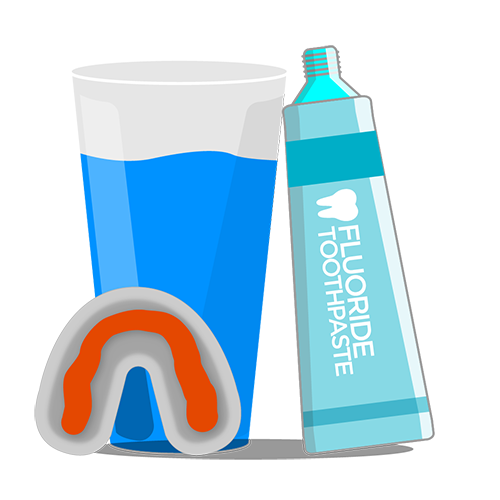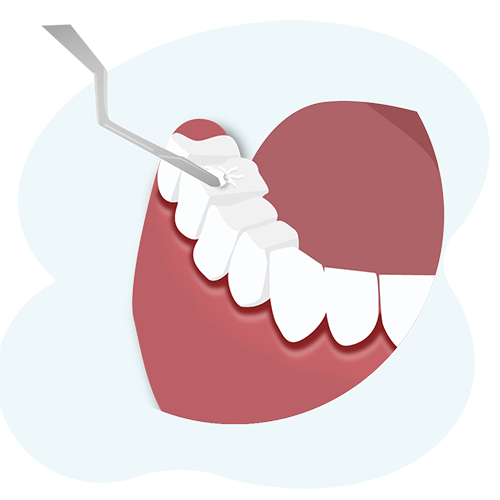Summer can be a great time to get children in for routine preventive care appointments and complete their yearly check up with the dentist. For school-aged kids, extra steps aside from brushing and flossing can be performed at the dental office to help prevent cavities. Two very good options are fluoride treatments or dental sealants.
So, which option is the best for your child?

Fluoride treatments: In-office fluoride treatments are typically covered by dental insurance for children. For adults, there can be an extra fee. Fluoride is a natural mineral that strengthens enamel, which protects the inside of the tooth from cavity-causing bacteria. Toothpaste and tap water usually also contain fluoride, but your dentist will apply a more concentrated amount for an in-office treatment during the visit. Afterward, your child might be told to avoid eating or drinking for up to 30 minutes so that the fluoride can be absorbed.

Dental sealants: This thin coating can be applied to the top of your child’s molars to help prevent cavities on their back teeth. Brushing and flossing are the best way to clean teeth and prevent cavities, but it isn't always easy to clean every groove and pit on the biting surface of the back teeth. Sealants help keep food and bacteria from building up. They are applied to first molars around age 6 and on second molars at age 12. Sealants protect against 80% of cavities for the first 2 years and against 50% of cavities for up to 4 years. Your dental team will check to see if they need to be reapplied to protect your child’s teeth at a regular dental appointment. With this extra protection against cavities, your child can avoid permanent damage caused by cavities and they are less likely to need fillings or other more serious and costly dental work.

Along with these treatments, make sure your child is brushing their teeth for two minutes twice per day and flossing once a day. Having a balanced diet including lots of fruits and vegetables and staying hydrated with plenty of water will keep your child smiling all summer!
Resources:
This information in this post is for general educational purposes only and does not warrant or represent any information as related to health as specifically appropriate for you. It is not intended to be medical advice or replace the relationship that you have with your health care providers. You should always seek medical advice on any diagnosis or treatment from a qualified health care provider. The information is provided “as is” without any representations or warranties, express or implied.






